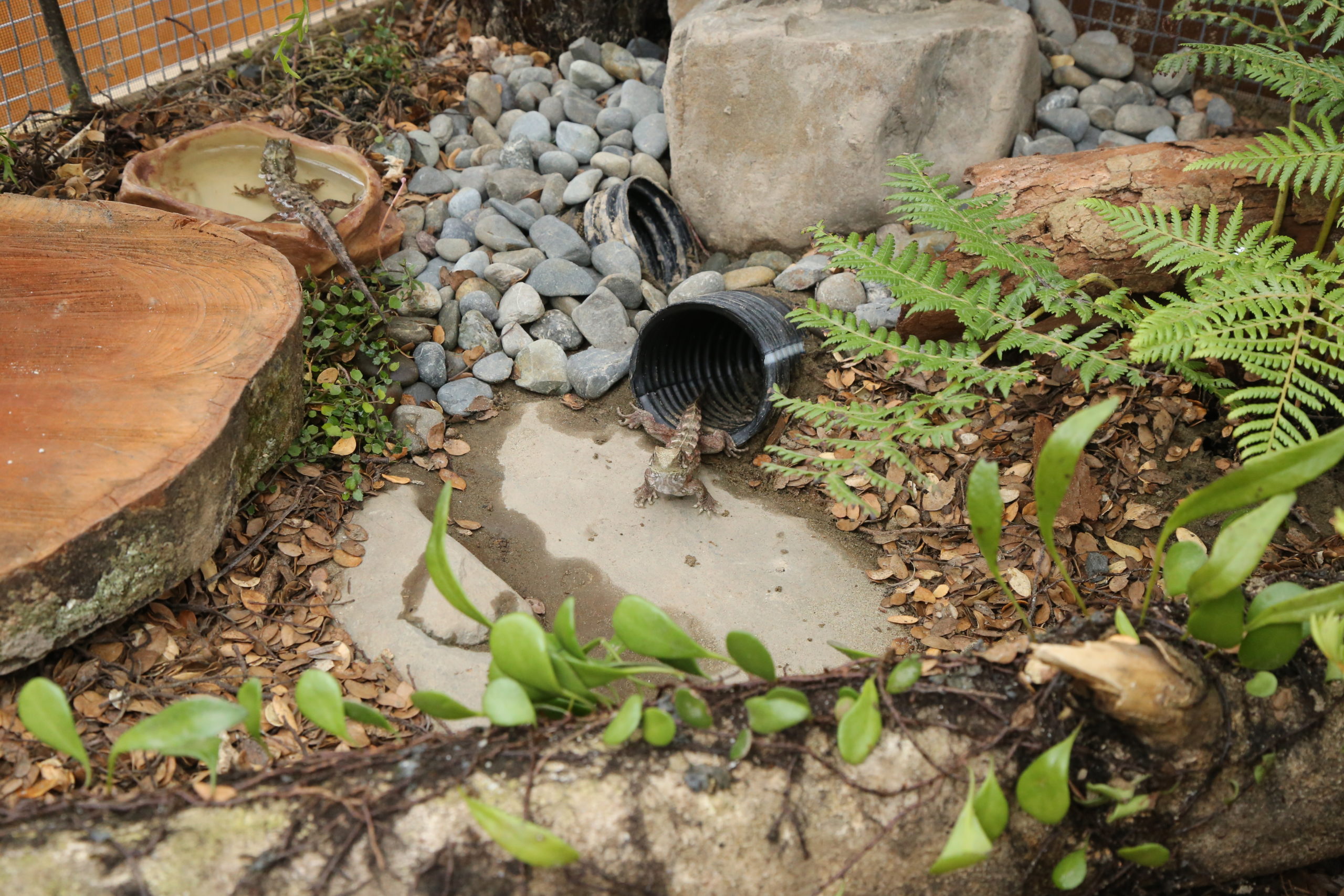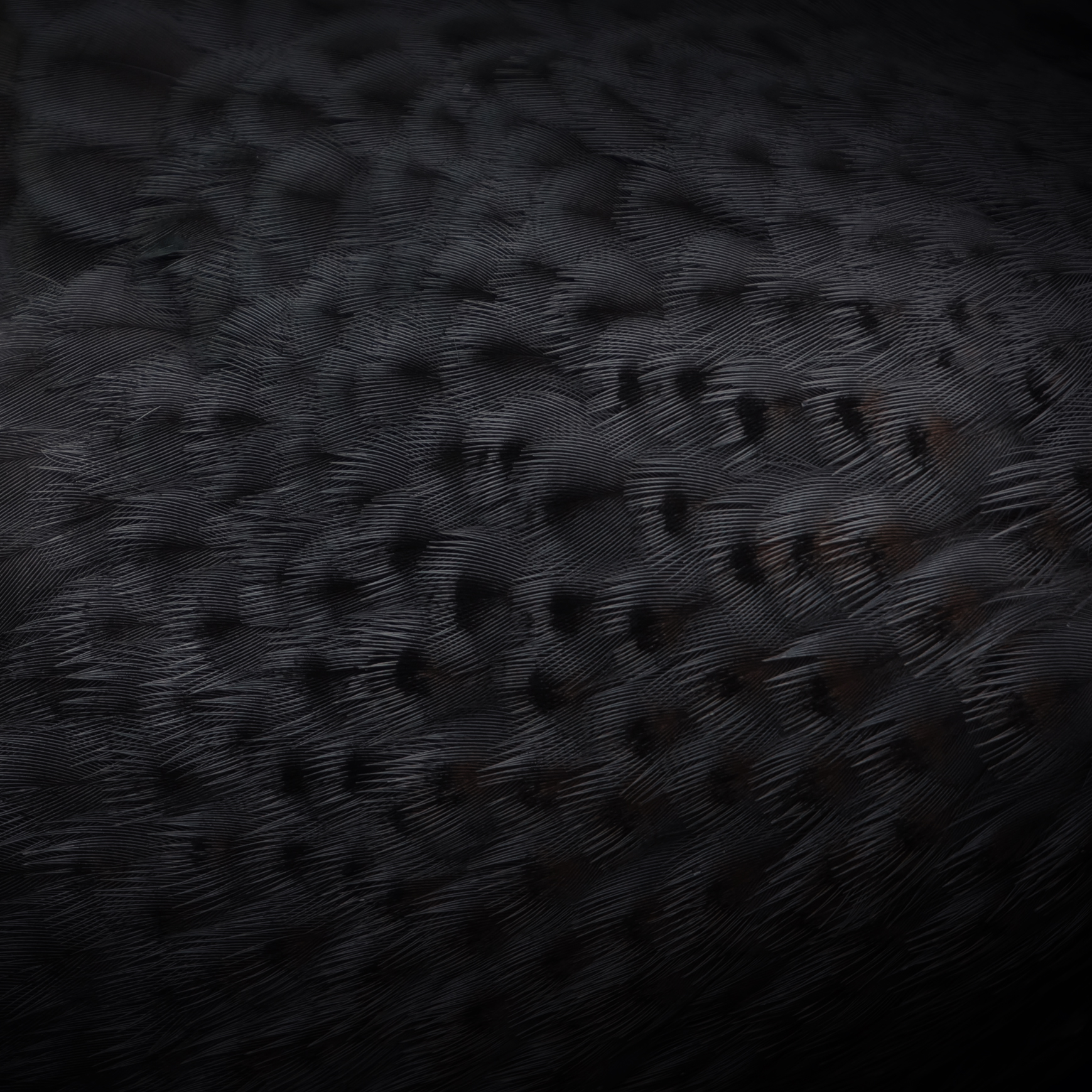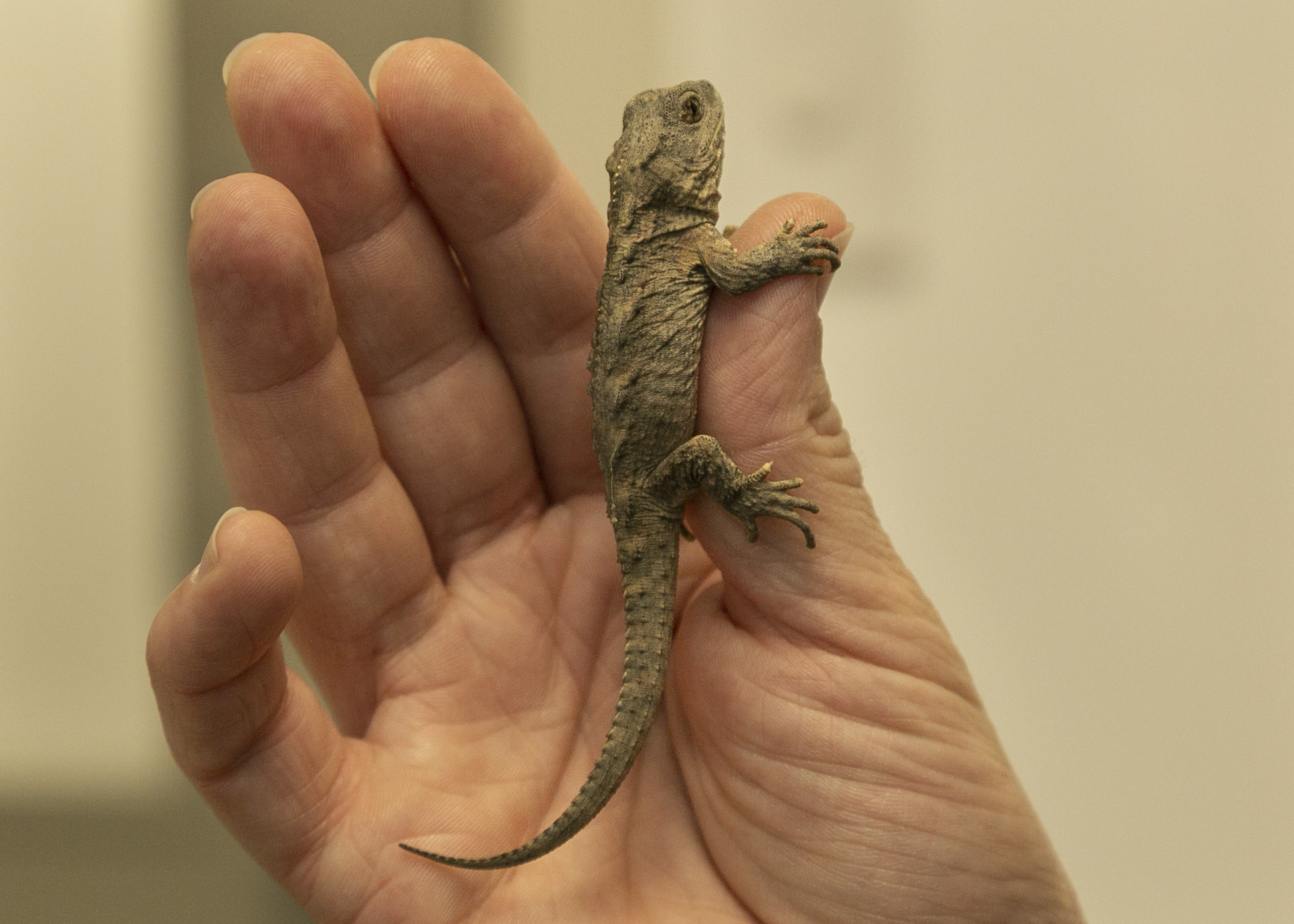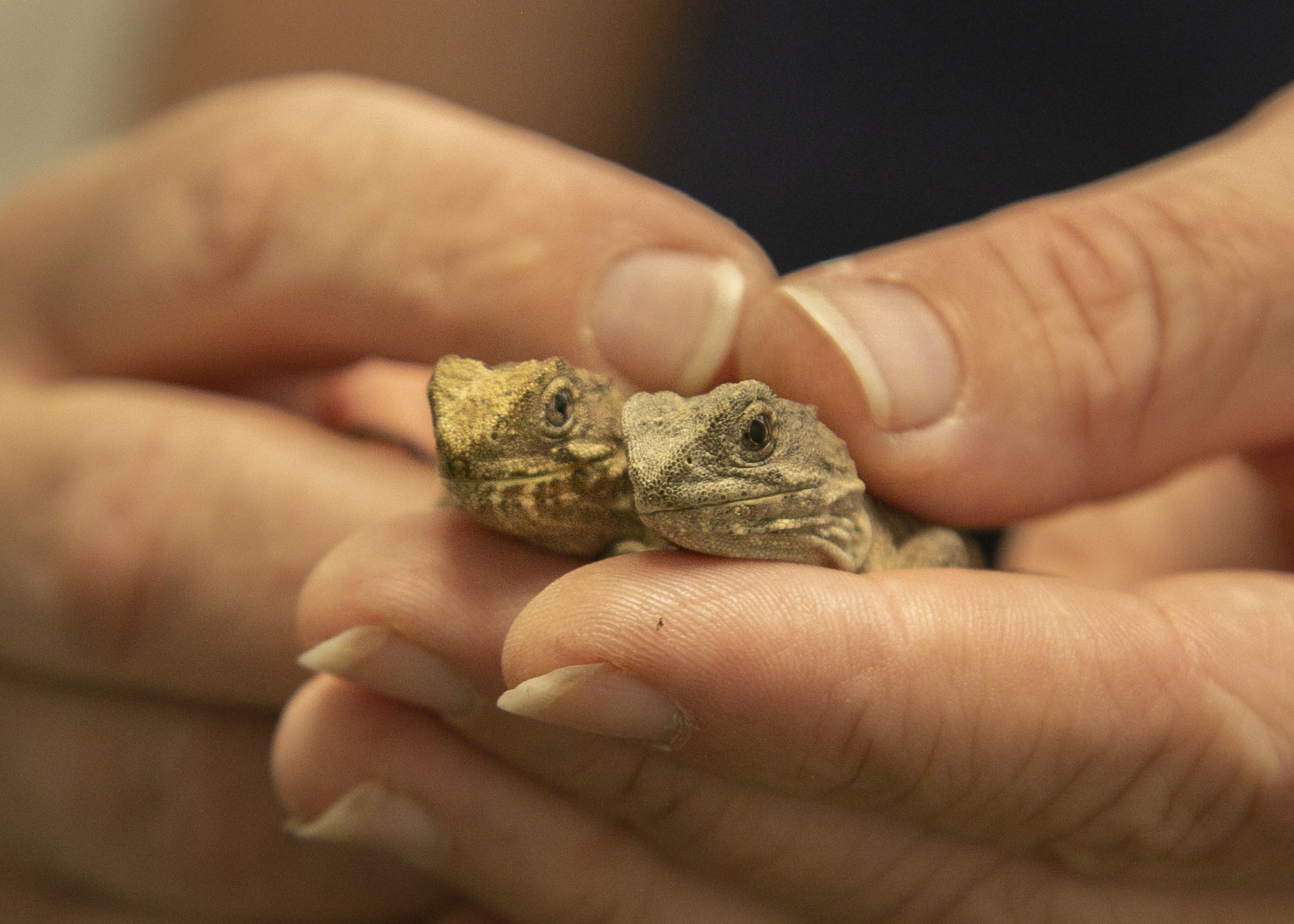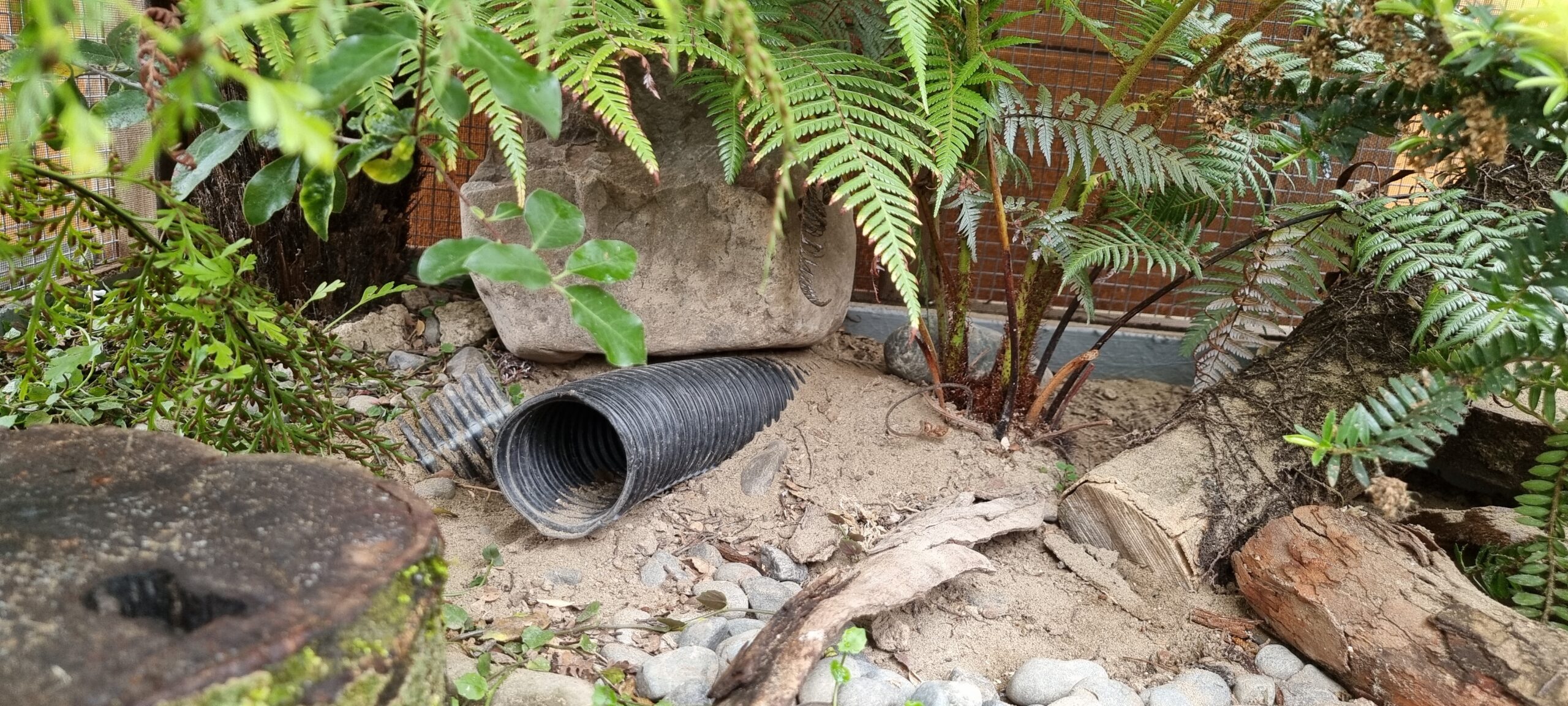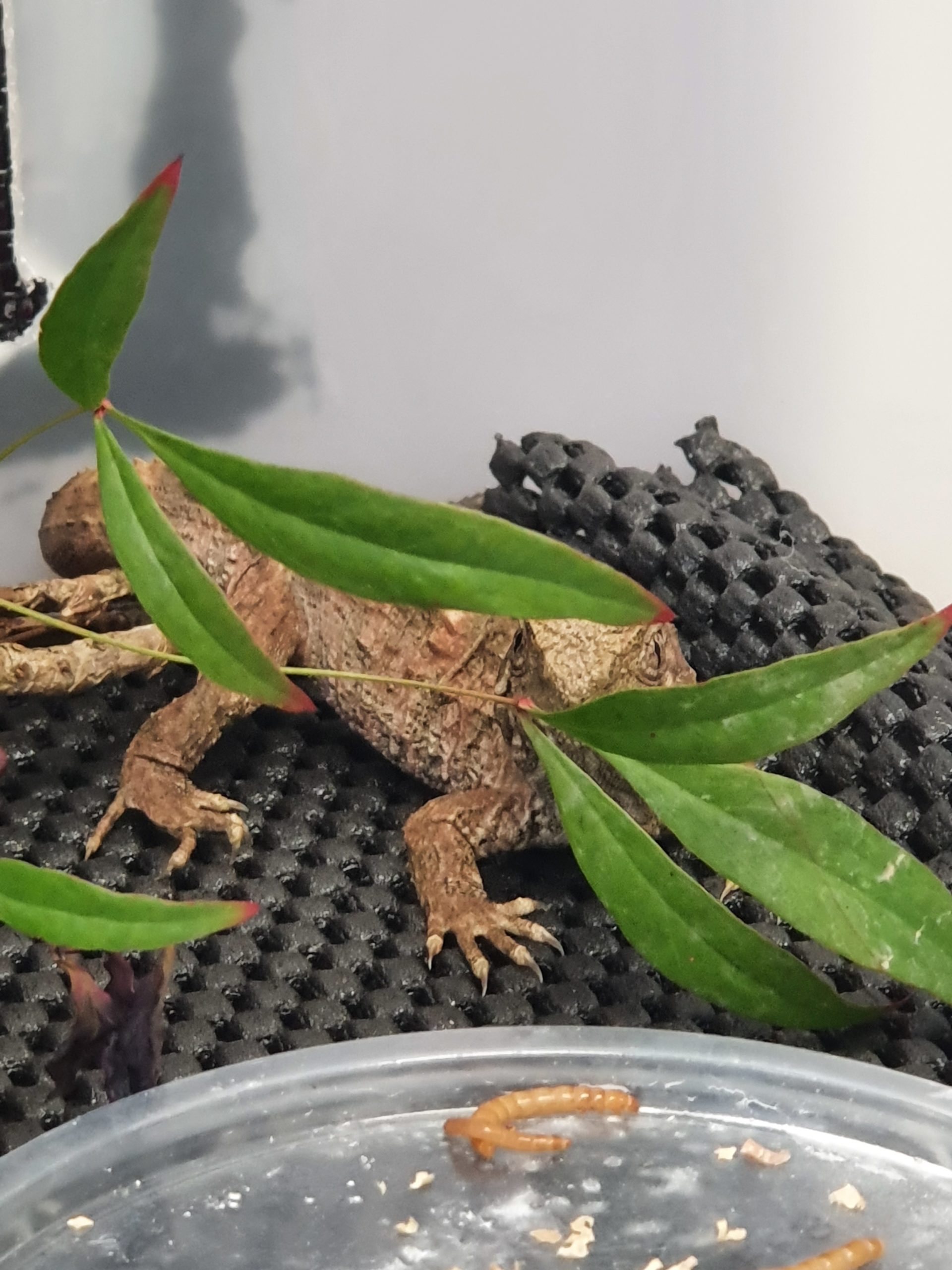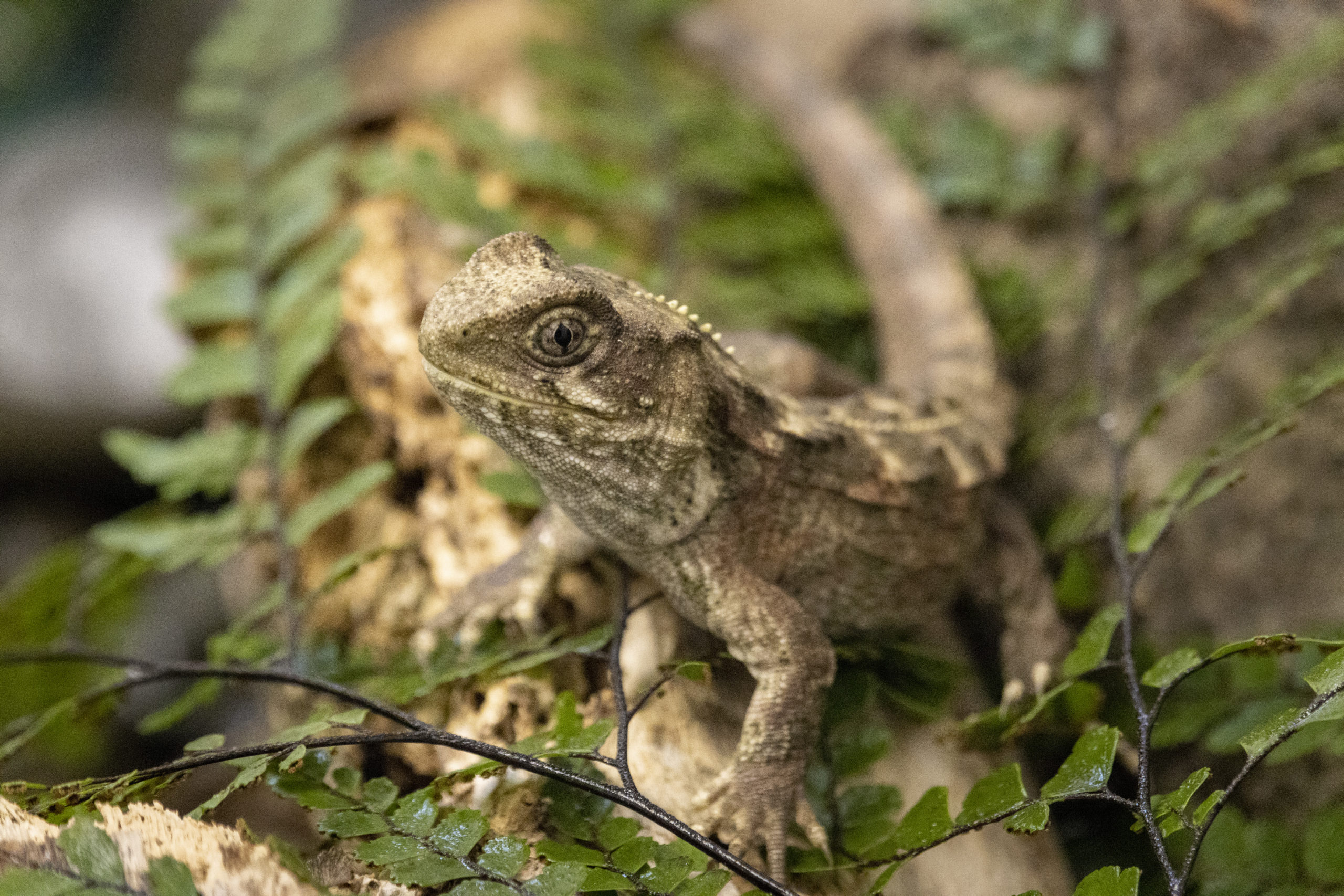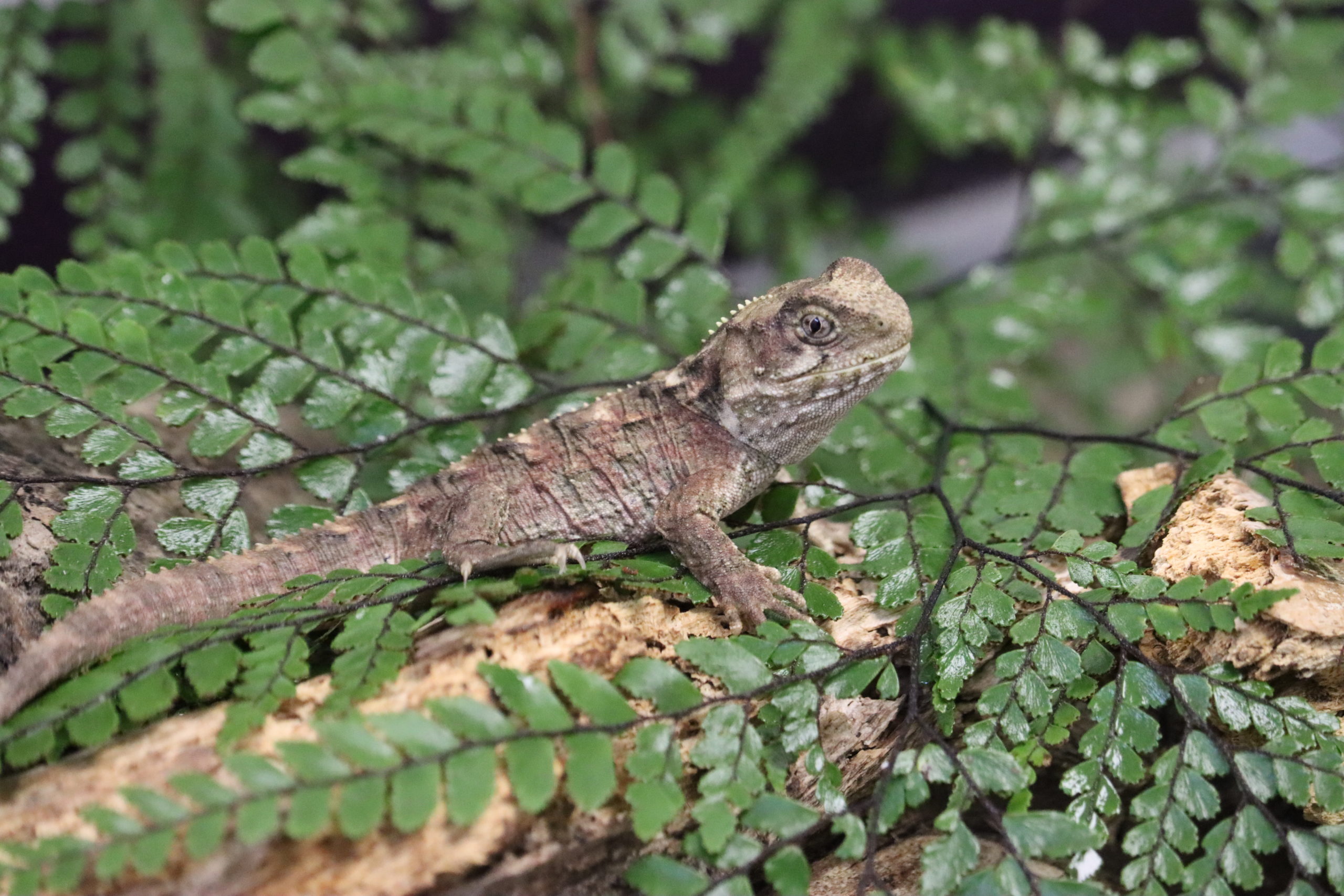Our patients recover at our centre after treatment at Wildbase Hospital, they change regularly as they recover and are released back into the wild.
Our resident animals are with us all the time so there is always something to see.
Juvenile Tuatara
Juvenile Tuatara
Surprise! Baby TuataraWe have four resident tuatara in our walkthrough aviary, who were entrusted to our center by Ngāti Koata. During their health checks, we found out that two of our females (Beads and Dazza) were gravid (pregnant) . Both girls had laid their eggs by the end of 2018 and the long wait had begun as tuatara eggs take over a year to incubate.
At the end of 2019 we got one of the best Christmas presents we could ask for. A little baby tuatara was seen peeking out from under a large rock close to our waterfall. This was extra special as tuatara are regarded as taonga (special treasure) to Ngāti Koata who remain the kaitiaki (guardian) of our resident tuatara.
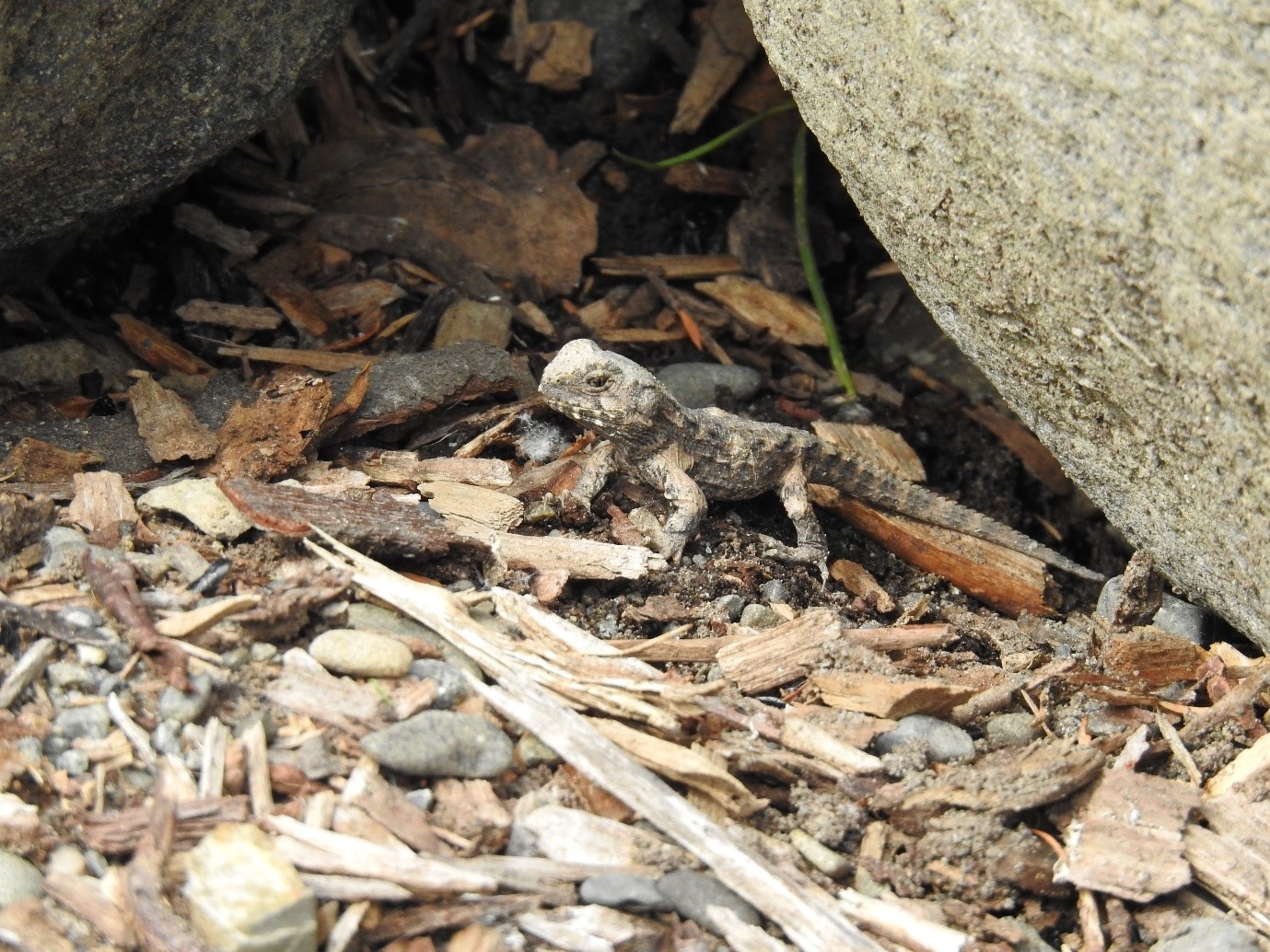
Having two gravid females in one aviary increases the chance of more than one egg hatching. Near the end of January 2020, a second baby tuatara was seen at the end of our walkthrough pond. Adult tuatara have been known to predate on the smaller tuatara and for this reason our wildlife techs will be attempting to catch and remove the baby tuatara to ensure they are safe from our four resident adults.
The second baby tuatara was successfully captured by one of our wildlife techs on the day it was seen but the original little tuatara has proven to be a little more tricky to catch. This young tuatara have very good survival instincts and are much quicker than the adults.
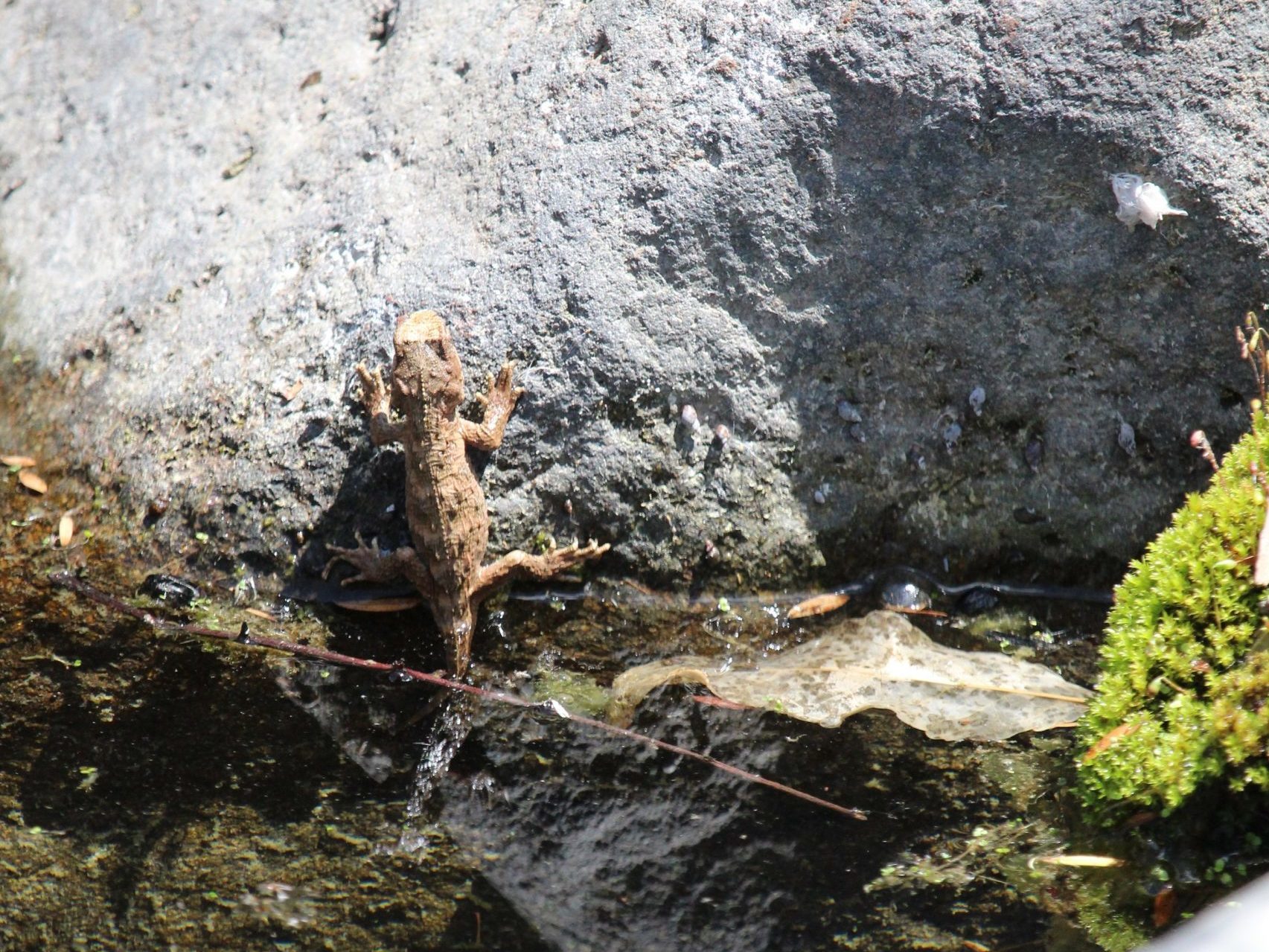
Both of our juvenile tuatara were successfully caught and removed from our walkthrough aviary in early 2020. They live separately to their parents for their own safety. In the wild, young tuatara can be predated on by adult tuatara and other birds. They are now living in an outdoor enclosure that has been kindly loaned to us from our friends at Ngā Manu Nature Reserve. Tuatara are slow growing, so this space provides plenty of room for them to co-habit for a few years.
Our juvenile tuatara were named Pou and Rewa, through public vote. The two can be distinguished by the stripe patterns along their back. Rewa has stripes that are asymmetrical and Pou has symmetrical stripes, however, juvenile tuatara have been known to change colour throughout their lifetimes, so this might not continue into adulthood. There are other, more reliable methods of identification used in tuatara, one being the use of microchips.
These two can be viewed through the Perspex window at the front of their enclosure but they startle easily! This is a good chance to practice your wildlife spotting skills when visiting their enclosure.
